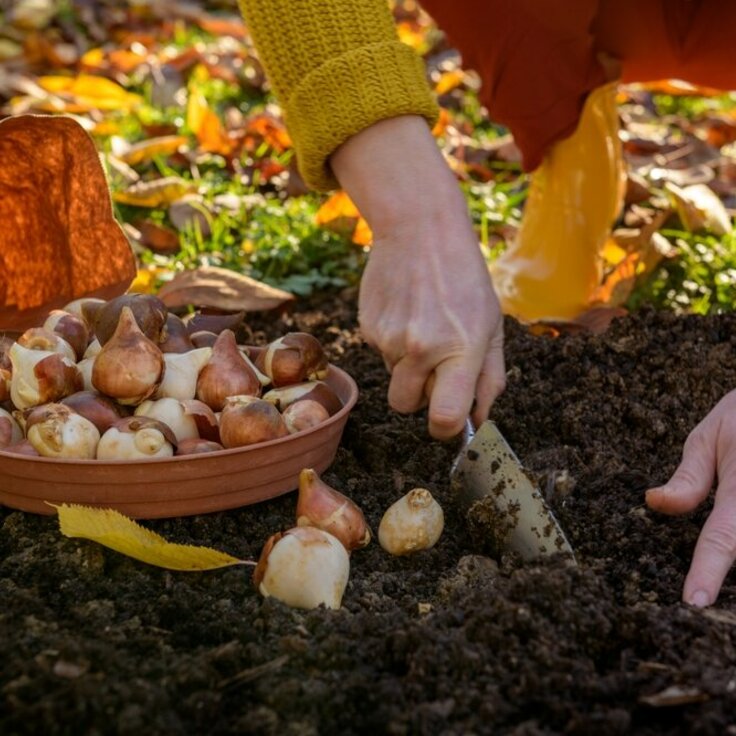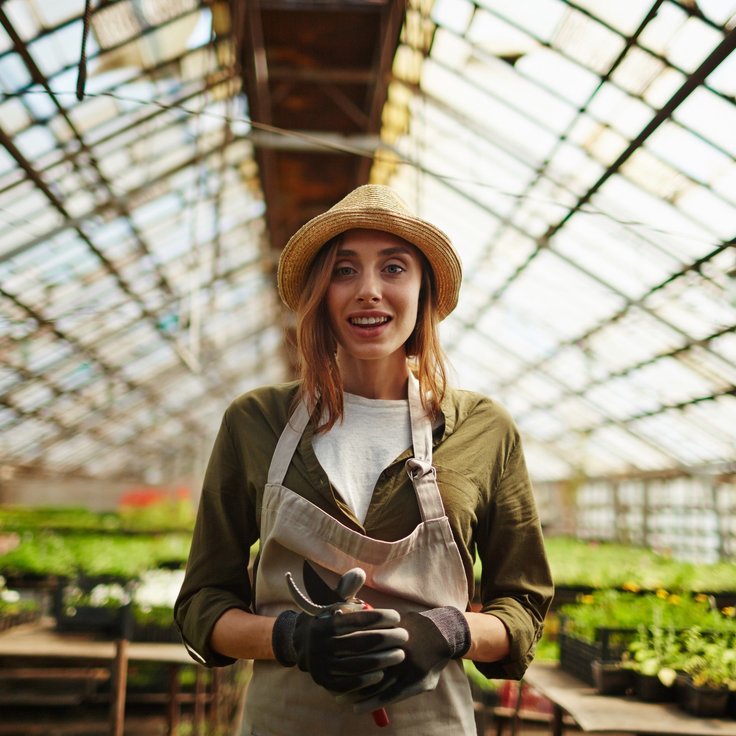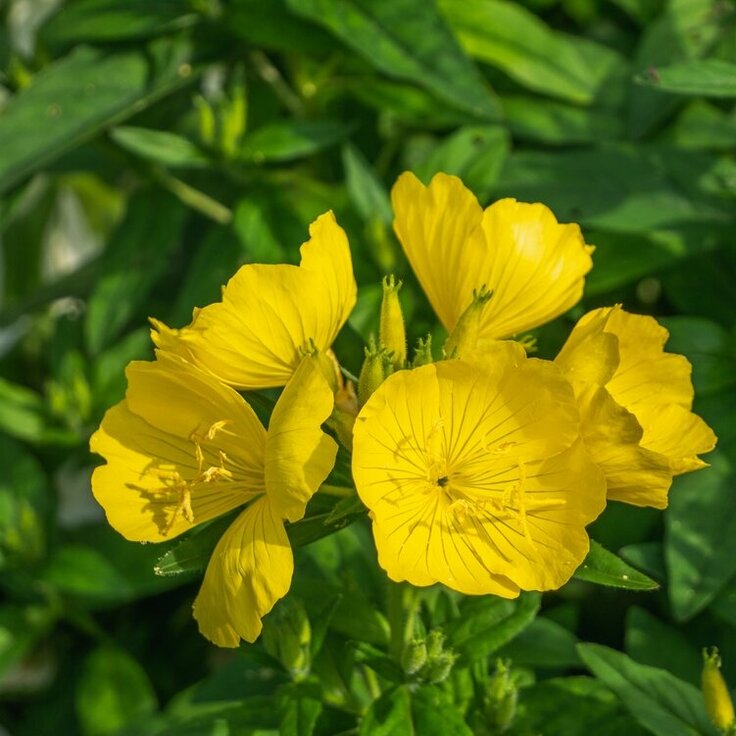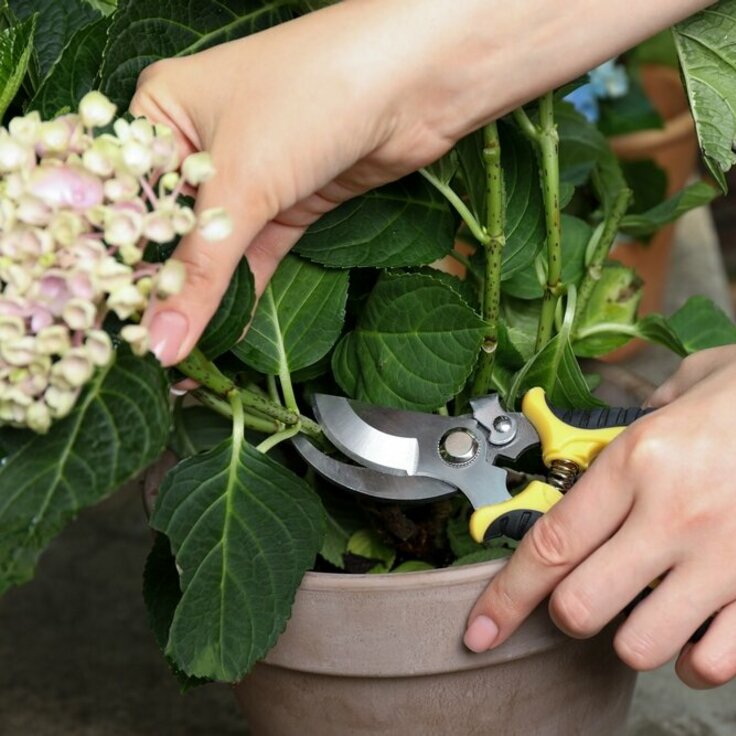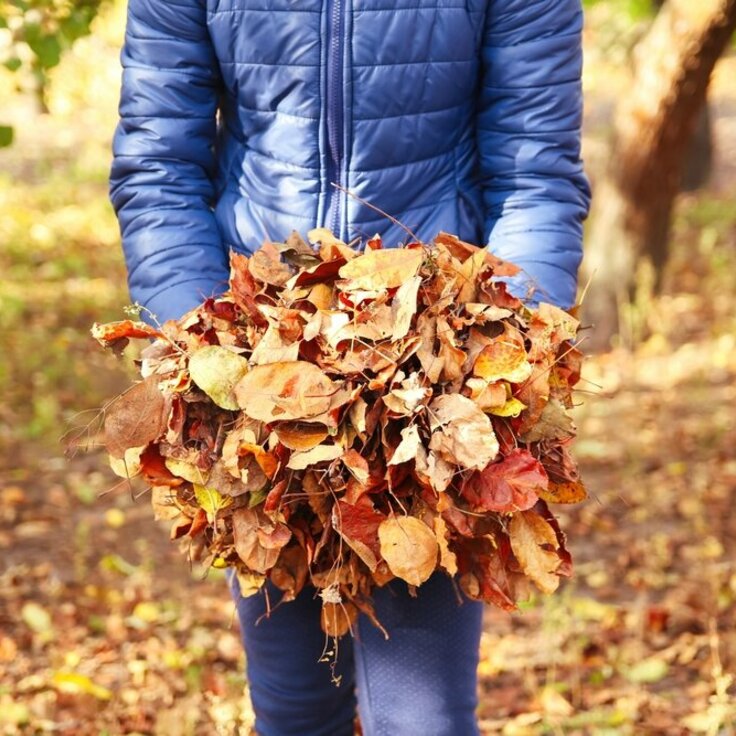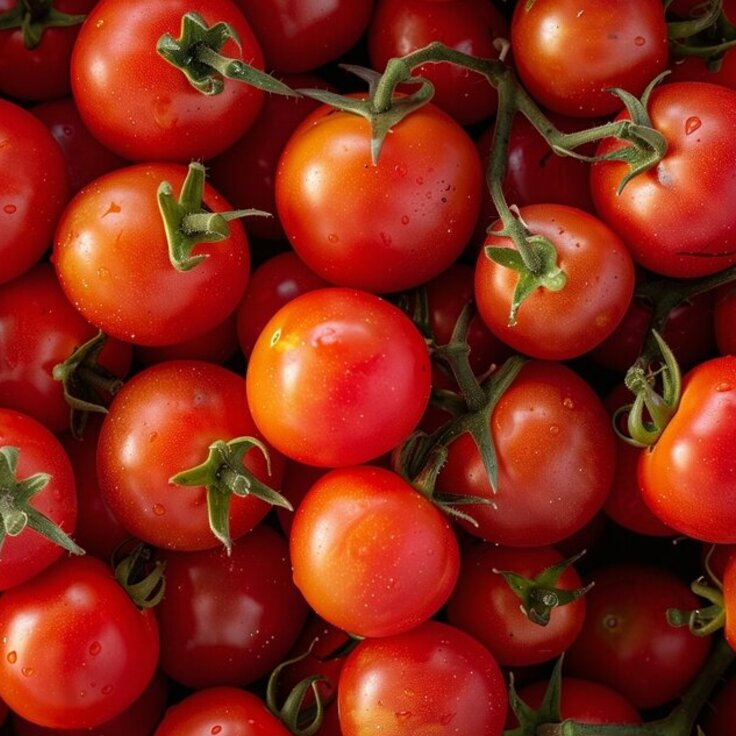Caring for your seedlings
Now that kitchen windowsills and greenhouses everywhere are choc-a-bloc with seeds, Kris shows how to look after them
I can’t move in my greenhouse and conservatory for seedlings at the moment. There are pots and trays on every available surface. It’s great that I’ve had so much successful germination, but one must never become complacent at this point. The seedlings will not look after themselves, and so much can still go wrong. Here are six things to watch out for.
A little protection
Nights can still be cold – and often frosty – so it does make sense to have some horticultural fleece handy, to drape over the pots and trays in early evening. Or you can use a layer of light bubble wrap or even sheets of newspaper. Remove this covering in the morning. If the seedlings are very long or flimsy, it is not wise to allow the covering to rest on them, so support it on tall upturned pots or blocks of wood.
Water wisely
Never allow seedlings to dry out as, they may never recover from it. Watering is therefore essential, so check every day, even if you don’t always give more water. And don’t use rainwater for seedlings, as it contains many impurities and can encourage fungal diseases and rots (it is, of course, OK for woody and mature plants, but seedlings are too delicate).
Fresh air
At this time of year when the sun comes out, a greenhouse can very hot very quickly. And if seedlings are subjected to too high a temperature they may wilt, and this can sometimes cause permanent damage. So make sure that you ventilate the greenhouse on clear days. If you work during the day, open the vents, or the door a chink before you set off, but make sure you close it again at night.
Damping off
This is a fungal disease that can attack most kinds of seedlings. The little plantlets just collapse, seemingly within a matter of hours, and for no apparent reason. Even more baffling, some can be affected in a tray with others perfectly OK. Traditionally Cheshunt Compound was always used as a preventative, but this has now been withdrawn (although you can still use stocks of it until December). A new product – Bayer Fruit & Vegetable Disease Control – is a suitable alternative.
Pricking out
Give your seedlings room to grow, by pricking them out. If you don’t prick them out, they will become starved of light and nutrients, and become elongated and malformed. Use a dibber or a pencil to gently loosen then from the compost and, holding the leaves, transfer them to their own pots, or cell trays. Do not cause any damage at all to the roots or stems, as this will almost certainly kill them (but it’s not so bad if you slightly bruise the leaves as they will grow more). Gently firm them in and water them straight away.
Potting up
When seedlings that were sown into individual cells or modules have filled their little cells with roots, they can be potted up. Gently remove the whole plant, with its little rootball intact, by pushing it out from the base. Use a multipurpose compost for potting up. Place the plant centrally in its new home, and gently firm it in and water it. From now on the plants can generally endure slightly cooler conditions then they needed for germination.
Article supplied by Amateur Gardening Magazine, available every Tuesday.

